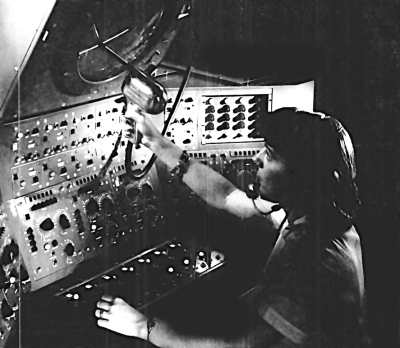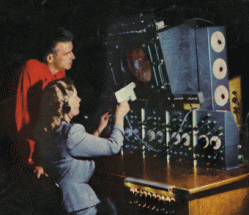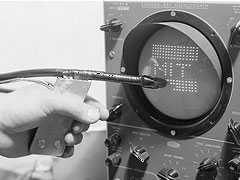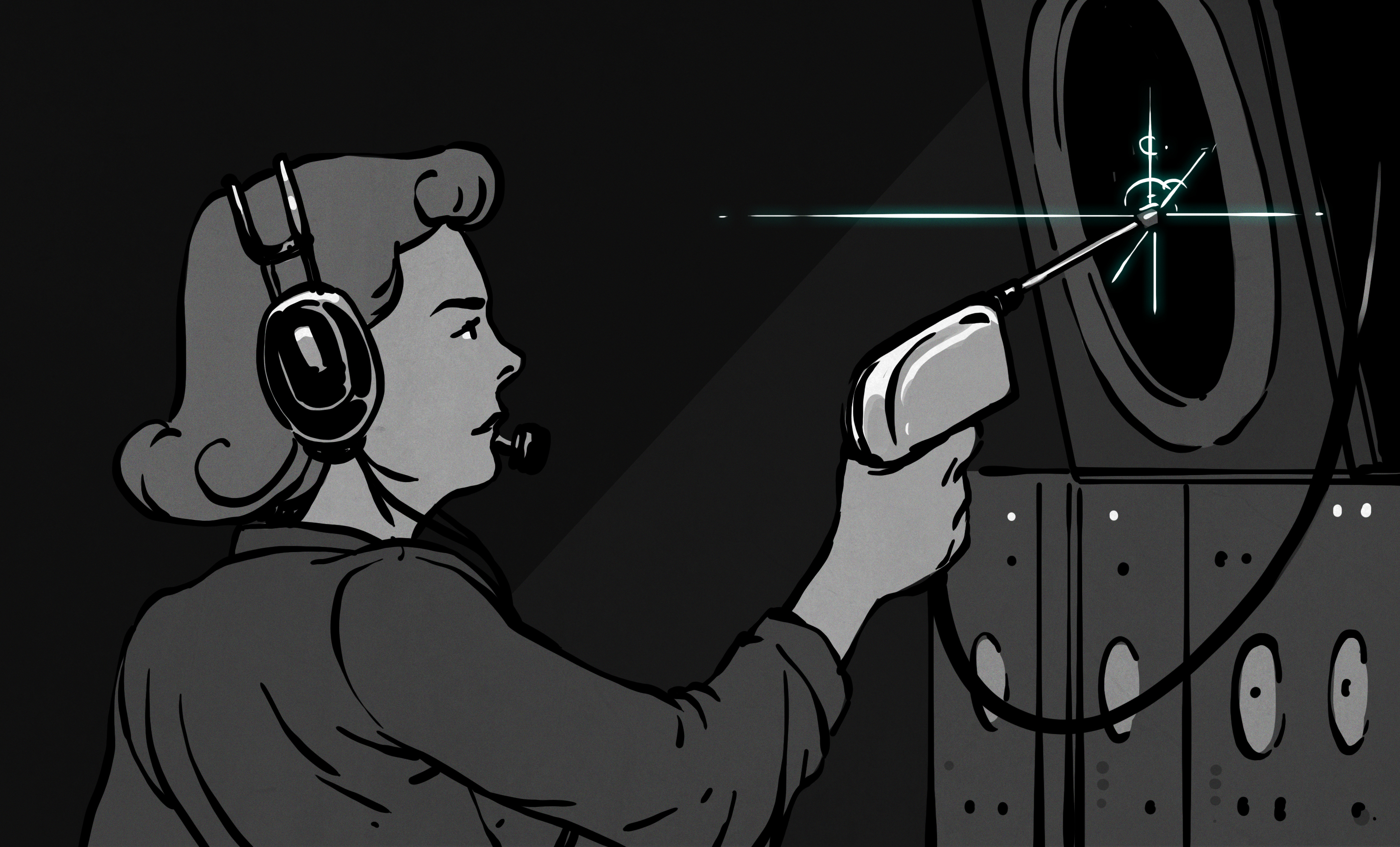Donations Make us online
In the 1950s, computers were, for the most part, ponderous machines. But one machine offered a glimpse of the future. The Volscan was probably the first real air traffic computer designed to handle high volumes of military aircraft operations. It used a light gun that looked more like a soldering gun than a computer input device. There isn’t much data about Volscan, but it appears to have been before its time, and had arguably the first GUI on a computer system ever.
The Air Force had a problem. The new — in the 1950s — jets needed long landing approaches and timely landings since they burned more fuel at lower altitudes. According to the Air Force, they could land 40 planes in an hour, but they needed to be able to do 120 planes an hour. The Whirlwind computer had proven that computers could process radar data — although Whirlwind was getting the data over phone lines from a distance. So the Air Force’s Cambridge Research Center started working on a computerized system to land planes called Volscan, later known as AN/GSN-3.
Keep in mind that SAGE, the NORAD computer that appeared in movies like Dr. Strangelove, was still in the future, and we imagine Volscan informed that design. The Volscan system was made to be robust and relatively simple.
How It Worked
The system had two identical traffic operator consoles and a monitor console. Each console had the traditional plan position indicator screen or PPI. You know the PPI; it looks like the adjacent graphic. Each operator console had a panel controlling 7 “ANTRACS” and 7 “DATACS.”
The ANTRACS track aircraft. The operator would point at a blip with a light gun. Think of it as a light pen with a handle. Once an ANTRAC saw a blip, it would take ownership of it and draw a box around it that they called a gate. The ANTRAC would update the gate as the blip moved.
To do this, the ANTRAC would estimate roughly where the plane should be on the next radar pass and examine that area to see where the plane really was. If there was no signal, it could continue to show an estimated position.

The actual landing planning was the job of the DATAC. It would automatically select an arrival schedule time and compute a heading, altitude, and speed that the plane needs to meet the schedule. It also compares the plane’s true position with the desired position and updates the orders as needed. Remember that to make the system’s throughput goals, they needed to land a plane every 30 seconds. Also, planes operate at different speeds, so the system had to account for faster planes tending to overtake slower planes.
The actual orders were, most likely, relayed to the pilot by radio, although there was a provision to send the data automatically. The system could even interface with the plane’s autopilot. The system would get the plane to where it would be ready to use the airport’s existing landing systems and then move on to the next plane.
Scale and Reliability

The system could scale easily by adding a console and seven channels to handle more traffic. The reason there were at least two consoles was for redundancy. If a console or a bank of channels went down, the other would carry on at a reduced rate.
The designers were proud that each channel contained only 60 tubes. In fact, it is impressive they could do all this with 60 devices. That was important because tubes are not only power-hungry but also prone to failure. A smaller number of tubes meant the devices were cheaper to build, cheaper to operate, and less prone to break down.
The controllers were made to handle landing aircraft at points within two miles of the radar. However, it could operate at a reduced rate from up to 60 miles away.

Not bad for 1950s technology. The project took five years to complete, and the estimated cost per installation was $100,000. That doesn’t sound like too much today, but that is a little more than a million dollars in today’s money. The entire system was able to fit in two trailers, so it was portable… sort of.
Certainly, the airforce would have been interested in deploying such a system to forward air bases or even captured airports in a time of war. Of course, broadcasting your position with an active radar isn’t always a good idea in modern warfare, but depending on your situation, you might be able to get away with it.
There’s no telling how much power the system took, but we assume it was connected to the mains or there was another trailer with the generator.
Reaction
An article in Flying Safety (an Air Force Publication from 1953) quoted Captain Bob Deiz, who had used Volscan for hundreds of flights. He said:
To illustrate the need for the Volscan system, one morning I took off with a 300-foot ceiling and proceeded to the Volscan practice area. In one hour and 15 minutes, I had made four Volscan letdowns to VFR, in one case breaking through the celing at less than 100 feet. On leaving the practice area, I could not get a definite altitude assignment to the home station range, but was assigned 500 feet on top, which put me at 9,000 feet.
Arriving over the range, I was notified that since I was eight in order, my approach time would be one hour and 20 minutes later. During the period of holding, three jet aircraft arrived over the range and were paced ahead of all other traffic. It was not until one hour and 45 minutes after I reported over the high cone that I was able to land. Volscan, 32 miles from there under the same weather conditions could have laned all 11 of the various types of aircraft in less than 12 minutes.

There seemed to be various light guns used, probably at different times. We know light guns were used on the earlier Whirlwind and SAGE, which came later. Later, the light pen would be the de facto size standard.
We’d call something like Volscan an AMAN or arrivals manager these days. Of course, more computerized air traffic control was on its way. Light pens would come and go as an input device. But the idea of interacting directly with something on the screen may have started with Volscan or its predecessor, Whirlwind.
Can’t get enough oddball input devices? We can’t either. If you have a CRT and want to interface a vintage light pen, we can help with that too.
Source link








Leave a Reply